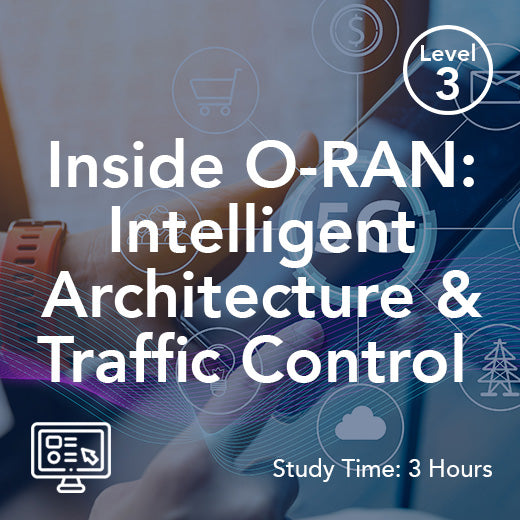What is runtime security monitoring?
- , by Paul Waite
- 1 min reading time
Runtime security monitoring is a crucial component of a comprehensive cybersecurity strategy that focuses on detecting and responding to threats in real-time as they occur within an organization's IT infrastructure. This approach involves continuously monitoring the behavior of applications, systems, and networks during runtime to identify any suspicious or malicious activities that may indicate a security breach.
Runtime security monitoring works by collecting and analyzing data from various sources, such as logs, network traffic, and endpoint activity, to identify patterns and anomalies that could indicate a potential security threat. By monitoring the runtime environment, organizations can quickly detect and respond to security incidents before they escalate into full-blown cyberattacks.
One of the key benefits of runtime security monitoring is its ability to provide organizations with real-time visibility into their IT environment, allowing them to quickly identify and mitigate security threats as they occur. This proactive approach to cybersecurity can help organizations reduce the impact of security incidents and minimize the risk of data breaches and other cyber threats.
In addition to detecting and responding to security threats, runtime security monitoring can also help organizations improve their overall security posture by identifying vulnerabilities and weaknesses in their IT infrastructure. By continuously monitoring the runtime environment, organizations can identify and address security gaps before they are exploited by cybercriminals.
Overall, runtime security monitoring is an essential tool for organizations looking to enhance their cybersecurity defenses and protect their sensitive data from cyber threats. By continuously monitoring their IT environment for suspicious activities and potential security threats, organizations can better protect themselves against cyberattacks and minimize the risk of data breaches.
Runtime security monitoring works by collecting and analyzing data from various sources, such as logs, network traffic, and endpoint activity, to identify patterns and anomalies that could indicate a potential security threat. By monitoring the runtime environment, organizations can quickly detect and respond to security incidents before they escalate into full-blown cyberattacks.
One of the key benefits of runtime security monitoring is its ability to provide organizations with real-time visibility into their IT environment, allowing them to quickly identify and mitigate security threats as they occur. This proactive approach to cybersecurity can help organizations reduce the impact of security incidents and minimize the risk of data breaches and other cyber threats.
In addition to detecting and responding to security threats, runtime security monitoring can also help organizations improve their overall security posture by identifying vulnerabilities and weaknesses in their IT infrastructure. By continuously monitoring the runtime environment, organizations can identify and address security gaps before they are exploited by cybercriminals.
Overall, runtime security monitoring is an essential tool for organizations looking to enhance their cybersecurity defenses and protect their sensitive data from cyber threats. By continuously monitoring their IT environment for suspicious activities and potential security threats, organizations can better protect themselves against cyberattacks and minimize the risk of data breaches.

































